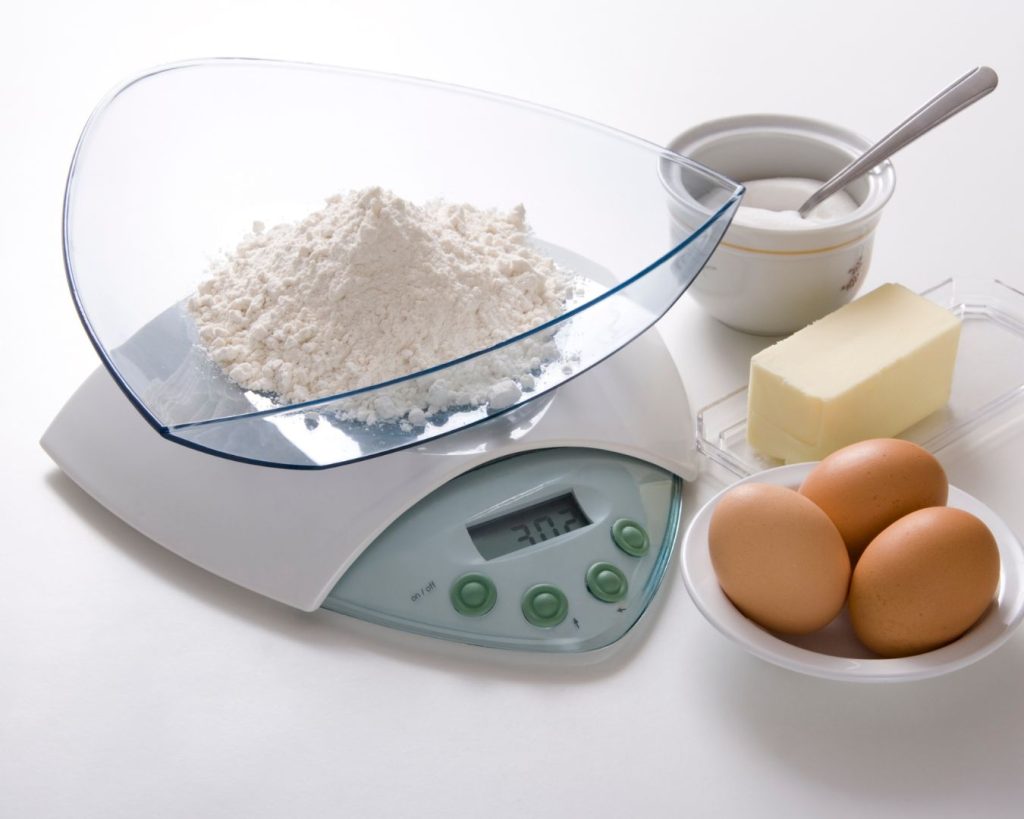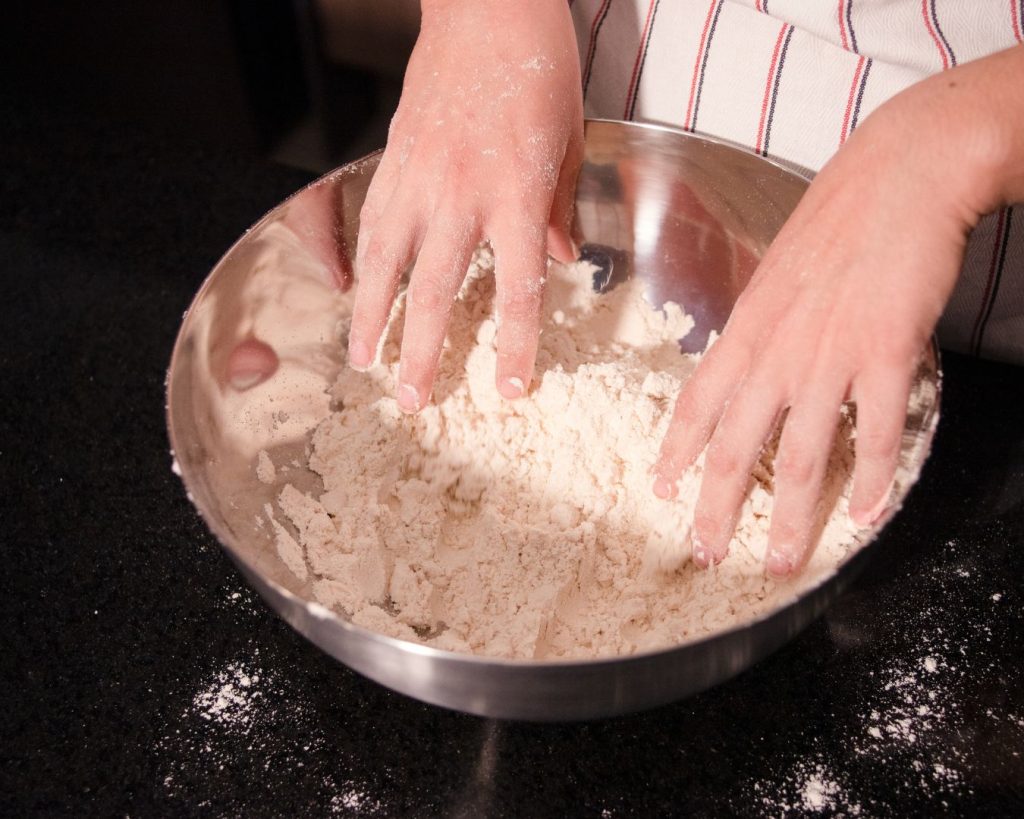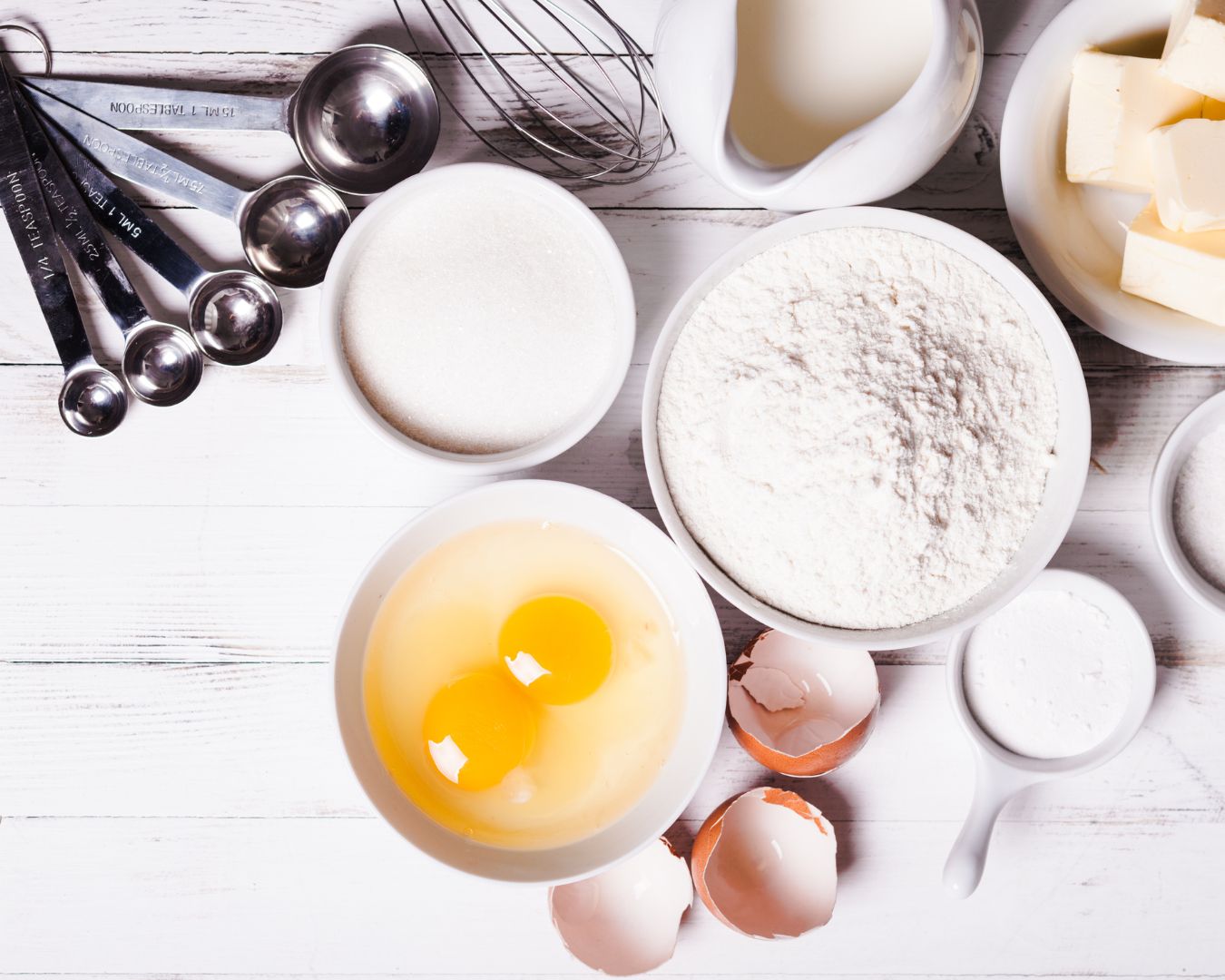How to Measure Ingredients Accurately: A Guide to Perfect Cooking and Baking
Accurate measurement of ingredients is crucial for successful cooking and baking. Whether you’re whipping up a savory dish or baking a delicate dessert, precise measurements can make the difference between a perfectly executed recipe and a culinary disappointment. In this blog post, we’ll guide you through the best practices for measuring ingredients accurately to ensure your dishes turn out just right every time.
Why Accurate Measurement Matters
- Consistency: Accurate measurements ensure consistent results, so your recipes turn out as expected every time.
- Texture and Taste: For baked goods, precision affects texture and taste. Too much or too little of an ingredient can lead to undesirable results.
- Recipe Success: Following a recipe correctly requires precise measurements. Accurate ingredient amounts are key to achieving the intended flavors and outcomes.

Measuring Dry Ingredients
- Use the Right Tools:
- Measuring Cups: Use dry measuring cups for dry ingredients like flour, sugar, and cocoa powder. They come in nested sets with different capacities (e.g., 1 cup, 1/2 cup).
- Measuring Spoons: For small quantities of dry ingredients, use measuring spoons. They are available in various sizes (e.g., 1 tablespoon, 1 teaspoon).
- Proper Techniques:
- Fluff and Spoon Method: For ingredients like flour, fluff the ingredient in its container with a spoon to aerate it. Spoon it into your measuring cup and level off with a straight edge. Avoid scooping directly from the container, as this can compact the ingredient and lead to inaccurate measurements.
- Leveling: Use a straight edge, such as a knife or spatula, to level off the excess ingredient for an accurate measurement.
- Measuring Powdered Ingredients:
- Sifting: If a recipe calls for sifted flour or powdered sugar, sift it before measuring. This helps to incorporate air and prevent clumping. If measuring sifted ingredients, sift them first, then measure.
Measuring Liquid Ingredients
- Use Liquid Measuring Cups:
- Glass or Plastic Measuring Cups: Use a liquid measuring cup with a spout for liquids like water, milk, and oil. These cups typically have measurement lines marked on the side.
- Proper Technique:
- Check at Eye Level: Place the measuring cup on a flat surface and check the measurement at eye level to ensure accuracy. This prevents parallax error, where the measurement appears incorrect due to an angle view.
- Avoid Overfilling: Fill the measuring cup to the desired line without going above it, and check for meniscus (the curve at the surface of the liquid) to ensure accuracy.

Measuring Sticky or Thick Ingredients
- Use the Right Tools:
- Measuring Cups: For sticky ingredients like honey or molasses, use measuring cups coated with nonstick spray for easy release.
- Spoons: For small amounts of sticky ingredients, use measuring spoons.
- Proper Technique:
- Packing: For ingredients like brown sugar, pack it firmly into the measuring cup, then level it off. This ensures you’re using the correct amount.
- Scraping: Use a spatula to scrape sticky ingredients out of the measuring cup or spoon to ensure all of it is used.
Measuring Small Quantities
- Use Precision Tools:
- Digital Scales: For precise measurements, especially in baking, use a digital kitchen scale. Weighing ingredients provides greater accuracy and consistency, especially for small quantities.
- Measuring Spoons: For very small amounts of ingredients (e.g., spices), use measuring spoons with accurate gradations.
- Convert Measurements:
- Conversions: Familiarize yourself with common measurement conversions (e.g., 1 tablespoon = 3 teaspoons) to switch between different measuring tools or recipes.
Tips for Accurate Measurement
- Read the Recipe Thoroughly: Before starting, read the recipe carefully to understand the ingredient measurements and order.
- Clean and Dry Tools: Ensure your measuring tools are clean and dry to prevent cross-contamination and ensure accuracy.
- Avoid Tamping Down: Avoid tapping or shaking the measuring cup or spoon to settle ingredients, as this can cause compaction and inaccurate measurements.
Measuring ingredients accurately is fundamental to successful cooking and baking. By using the correct tools and techniques, you can ensure that your recipes turn out as intended, with consistent results every time. Whether you’re preparing a savory dish or baking a sweet treat, precision in measurement will lead to delicious outcomes and culinary success.

